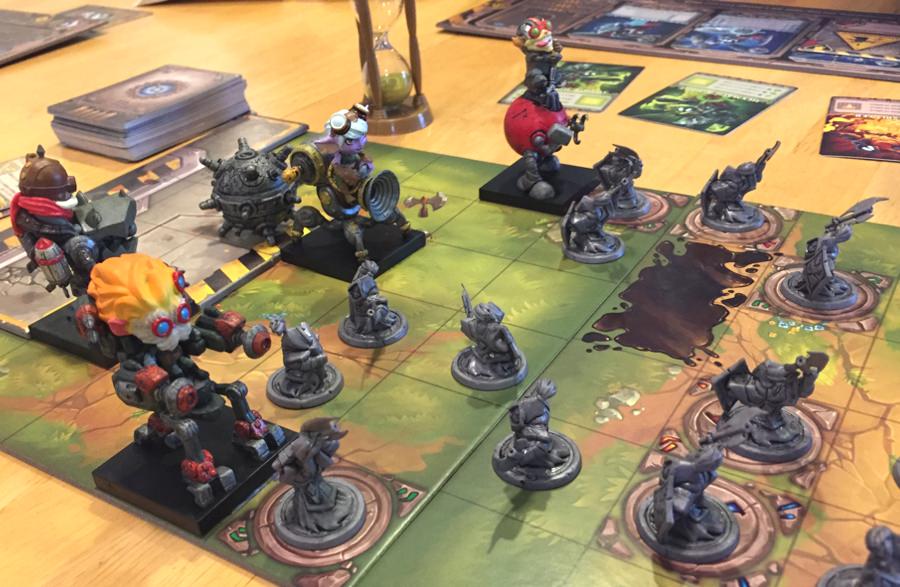

This game puts you in the role of a coffee roaster. The new release does not feature that amazingly charming Takako Takarai artwork, so you’d have to try to get the original Japanese version to enjoy that part, but the new version looks good as well and the gameplay is virtually identical. Fast forward a couple years and now this game has finally gotten a much deserved international release thanks to DLP Games. I discovered this game when I visited Japan back in 2017, I thought the artwork was charming so I bought it on a whim as a birthday present to myself, and boy am I glad I did. The hidden movement and the logic puzzle in this one is truly delightful and innovative, my only gripe with the game is the replay-ability, because if you play too frequently, you will have a slight edge due to familiarity with the clues. You will then use that information to eventually deduce the woman you are looking for. If you were correct, you get a clue about her. If she is at the location, you will see the dark lady through the punched out hole in the location card. When searching for the Lady at a location, you will have to overlap the card from that location and the card which you initiated the search with. image credit: oliver hofmann/flickrīlack Sonata uses this very unique set of components including location cards with holes punched in them. There is only one possible solution to the game and logical deduction is essential to winning. However, the Lady won’t just stand there and wait to be found, she will be moving around and difficult to track.

You will be moving around attempting to catch glimpses of the Lady in order to gain clues of her identity. This game has players in Shakespearean London pursuing the Dark Lady. I know what you are thinking, how in the heck does a single player hidden movement game work?! Well, it requires a lot of creative design choices, that’s for sure. The game is best described as quirky and charming and it is definitely worth a look even if you find the artwork a little disturbing. This game also has that typical tacked on 2 player mode, but honestly, the game is much more satisfying as a solo experience than it is as a 2 player experience. Lastly, when placing the vegetables into your garden, you need to be careful how you place them because vegetables like to be in patches with like vegetables and in addition there are “bonus” shapes you can form in your little garden grid that will score you extra points. Thematically, I guess they get caught up in some weird Victorian vegetable gossip before they can reach your garden. In addition you need to ball-parking the odds of which neighbor will visit your garden and attempt to swing those odds in your favor, because one will only visit if they are the only one visiting. Over time the bee supply will shift and you will have more or less flexibility depending on how well you manage this.

When drafting you can choose the card in the middle for free, choose the card on the left and gain a bee, or choose the card on the right and spend a bee. Note: a couple of the games on this list can be played with more than 1 player, but those modes feel so tacked on to what is clearly meant to be a solo experience. Here are some of the best solitaire games that money can buy.

With that in mind, let’s get the feelings of shame, sadness or whatever you think “playing by yourself” implies, and treat it for what it is: a way to flexibly enjoy your hobby without needing another person around you at all times. Even if they don’t, players themselves will often create their own solo board game rules variant and upload it online for others to enjoy. Times have changed, playing a board game by yourself is no longer stigmatized and in fact, many new single player board games are being developed, and even multiplayer games now come with a publisher developed variant for solitaire play. Most people are familiar with the classic card game Solitaire or one of its many variations, and these board games for solo players take it to the next level. More and more, gamers are trying out solo board games. Unlike video games, which often are played alone, or with others via a network, board games are typically played with at least 2 people in the same room as each other. Board games have always been a social hobby.


 0 kommentar(er)
0 kommentar(er)
